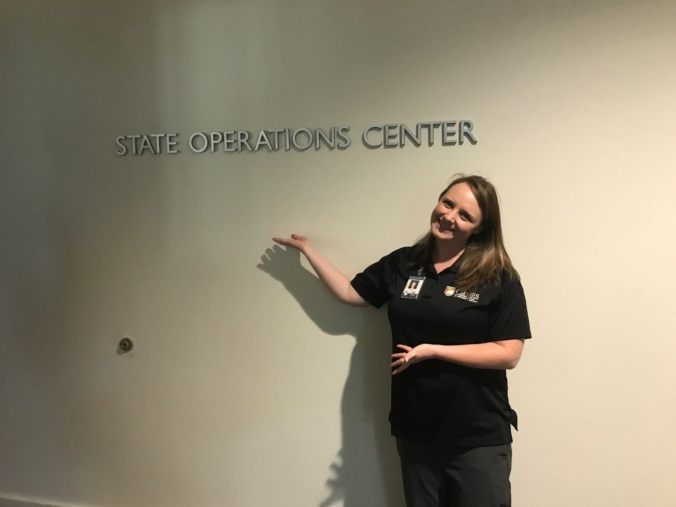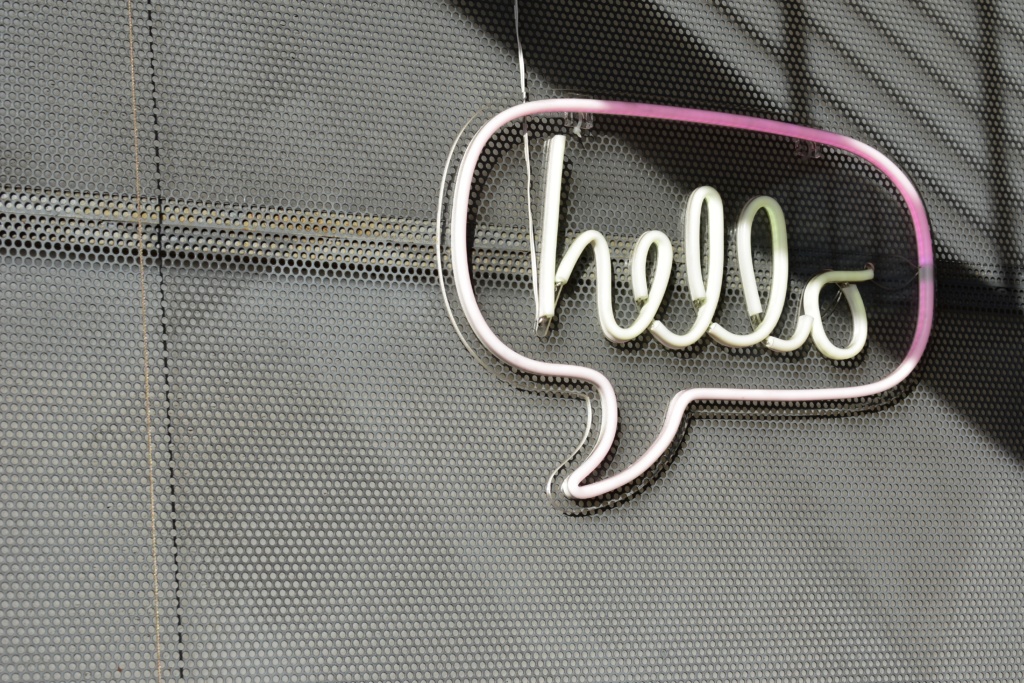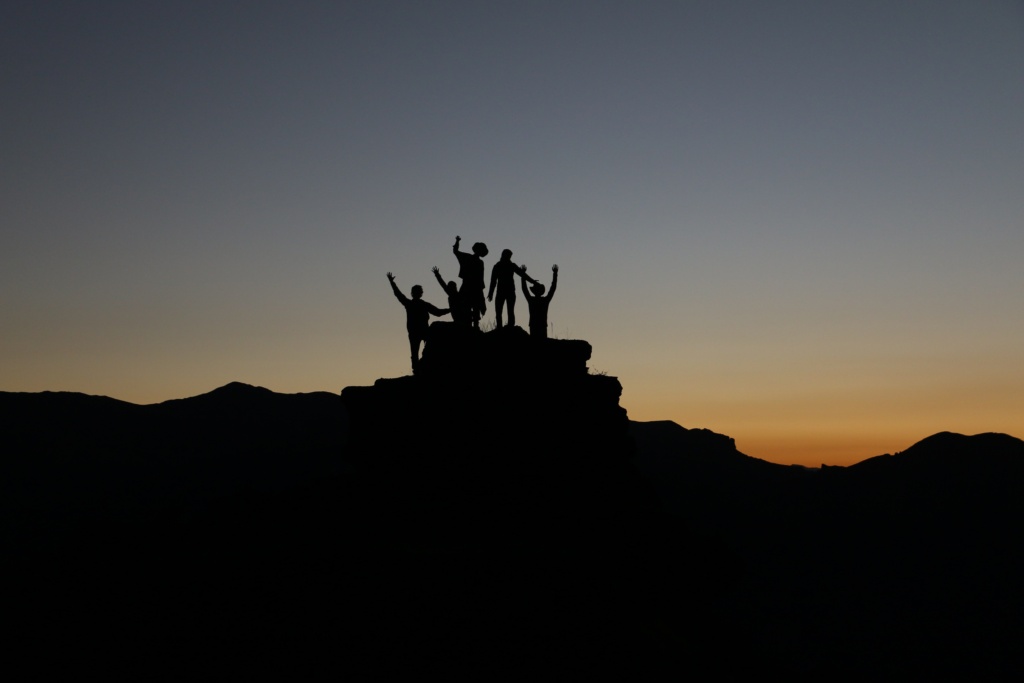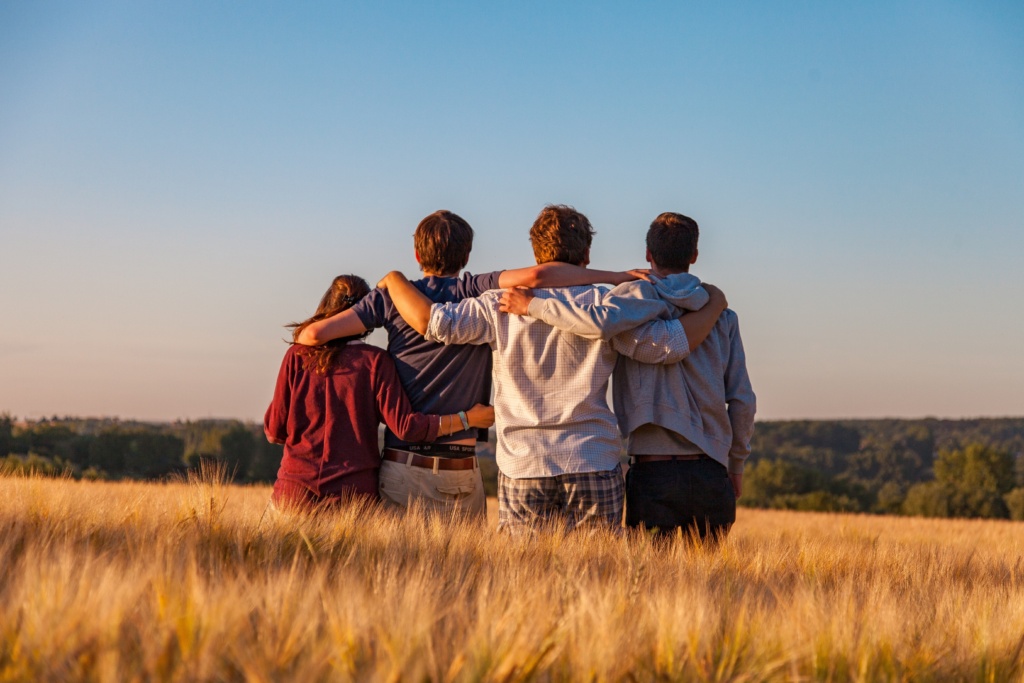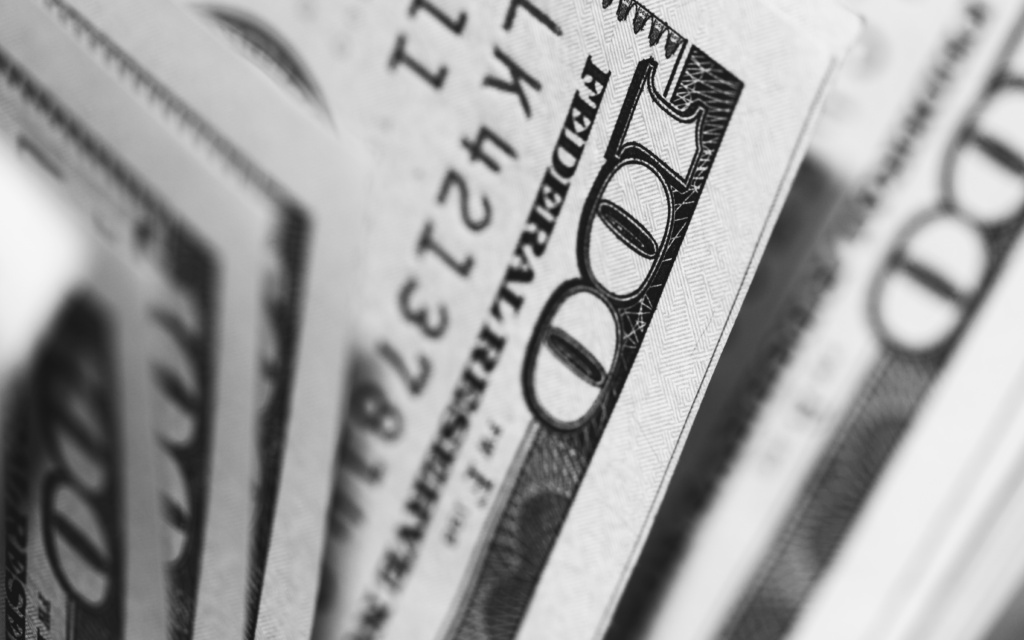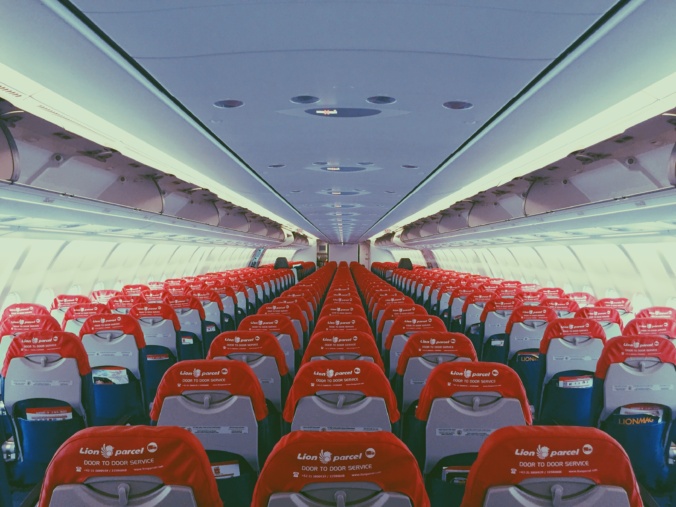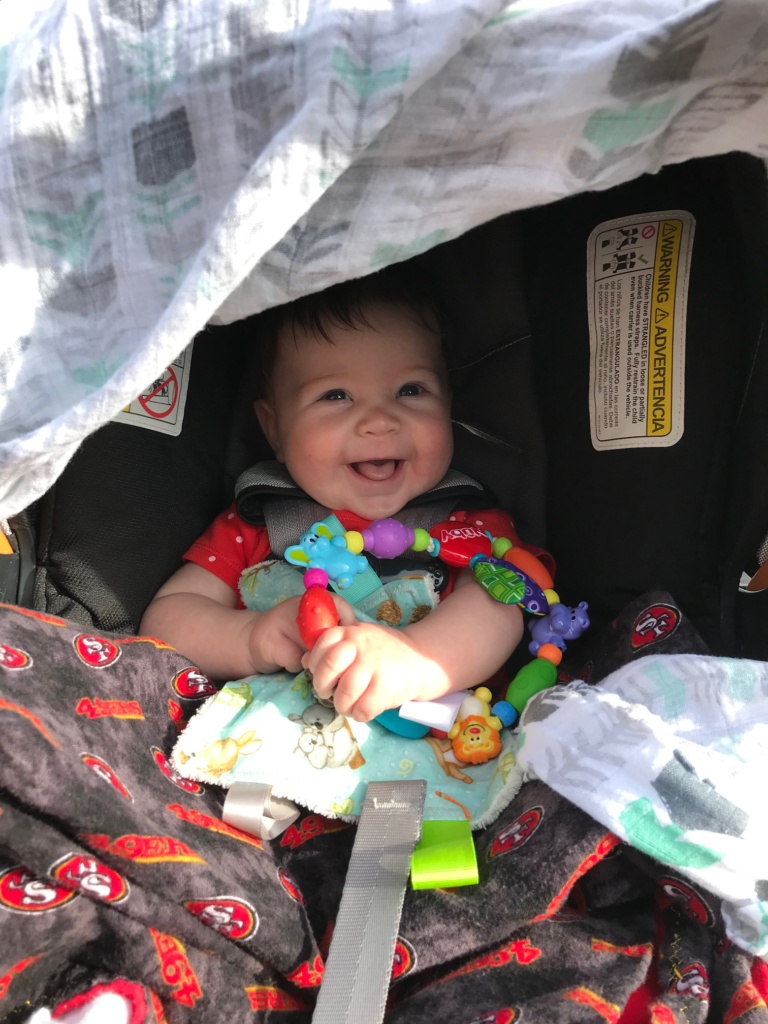I want to start by apologizing. I am sorry that I have not been more vocal on the greatest issue facing America today, which is the huge disparity in the way that black citizens are treated compared with white citizens. This racial inequity permeates all elements of our lives, including my life’s work on disaster resilience. Time and time again race is shown to be affiliated with worse outcomes after disaster, as we are currently seeing with the higher number of cases and mortality rate in the black community with COVID-19.
I was quiet because this is uncomfortable for me. This is not my area of expertise, and quite frankly I am among the many white people who grew up being taught that racism was a thing of the past in America. I grew up in a rural, predominantly white part of the country. I was taught to view all people as equals, but was not heavily exposed to other cultures or people who looked different than me as a child. I was not aware of the disadvantages that my black friends and colleagues had inherited from centuries of systemic racism. While I believe that I have earned a lot of my successes through hard work, I have undoubtedly walked through life with the inherent privilege of whiteness and that should not be overlooked when I evaluate where I am today.
I may never be able to understand firsthand the extent of racism in the United States and what it is like to fear for your life in every interaction with a police officer. But I can try harder than I have. This past week has been a time of intense self-reflection for me and the last thing I want to do is sweep this under the rug and go on with my life because I have the privilege of being indifferent.
Indifference is as detrimental to change as the instigation of violence against people of color. Silence is complicit. As a white woman who does not consider herself to be racist I need to take action and speak out against these atrocities that have been committed against my fellow human beings. Innocent lives have been taken simply because of the way blackness is still perceived by many white people.
I have heard the term ‘anti-racist’ a lot this week and I’d like to be able to say that it applies to me. But I don’t think I’ve done enough yet to deserve that adjective. I don’t think I’m racist but I haven’t been vocal enough to be an anti-racist. I think that applies to many of my white friends. Now is the time for us to change that. I know I can never be an expert on this, but I want to make a difference as best I can by changing how I live the life I am already living.
I want to ask for help from my black friends and people of color in my life who are willing to educate me. How can I enhance what I am doing in the following arenas to support you and contribute to alleviating racial disparities?
I am a mother. I want to raise my child to understand other cultures and be loving and unbiased toward people of color. What children’s books, toys, games, activities are out there that you recommend I invest in? I want to be an anti-racist parent.
I am a writer. I want to use my platform and my voice to elevate people of color and amplify their voices. What books can I read to educate myself? What social media accounts & other writers should I follow and share? Especially with regards to resilience and race, I would love to be able to reference authors of color in the resilience book I am working on. I want to be an anti-racist writer.
I am an Emergency Manager. I want to fully consider racial disparities when planning for disasters and mitigate in advance how black communities and people of color might be marginalized in a disaster. What resources are out there for planning, responding and recovering from disasters that I need to include in my emergency management toolbox? I will soon be leading 23 campuses in emergency management. What can I share with them? I want to be an anti-racist Emergency Manager.
I am employed. I am one of the lucky ones, who did not lose her job during the pandemic. I am one of the few who was actually able to find a new job and take a step up in my career during the pandemic. How can I best give back to this movement? Is it best to donate locally or to larger, national groups? I have seen many lists of organizations, but I would love it if a friend could recommend one or two that he/she can personally vouch for so that I know my money will make a difference. I want to be a financial backer of the anti-racist movement.
I am an engaged citizen. I pride myself on voting in every election and paying special attention to local politics, I am even a commissioner in my city and have been a neighborhood leader in the past. What laws are most important to lobby for now and at what level does the law need to change? I want to be an anti-racist citizen.
I am a friend. I want to connect with my friends of color on a deeper level. I feel like sometimes in the past I’ve avoided conversations about race because I was afraid of saying something wrong or offending. Not anymore. I want to hear your personal stories, how you are feeling and your own reflections on this time of dynamic change and uprising in this country. There is no better way to foster resilience than to share your stories. I’ve been reaching out, but please feel free to send me a message, share your story and let’s connect. I want to be an anti-racist friend and ally.
Please comment or send messages if you can help with any of these asks. I’d like to hear from my friends of color first, but once they have spoken I’ll appreciate input from fellow white allies as well.
Let us lead our lives thinking first about checking our privilege and always keeping the mantra in the forefront for our minds: Black lives matter.

